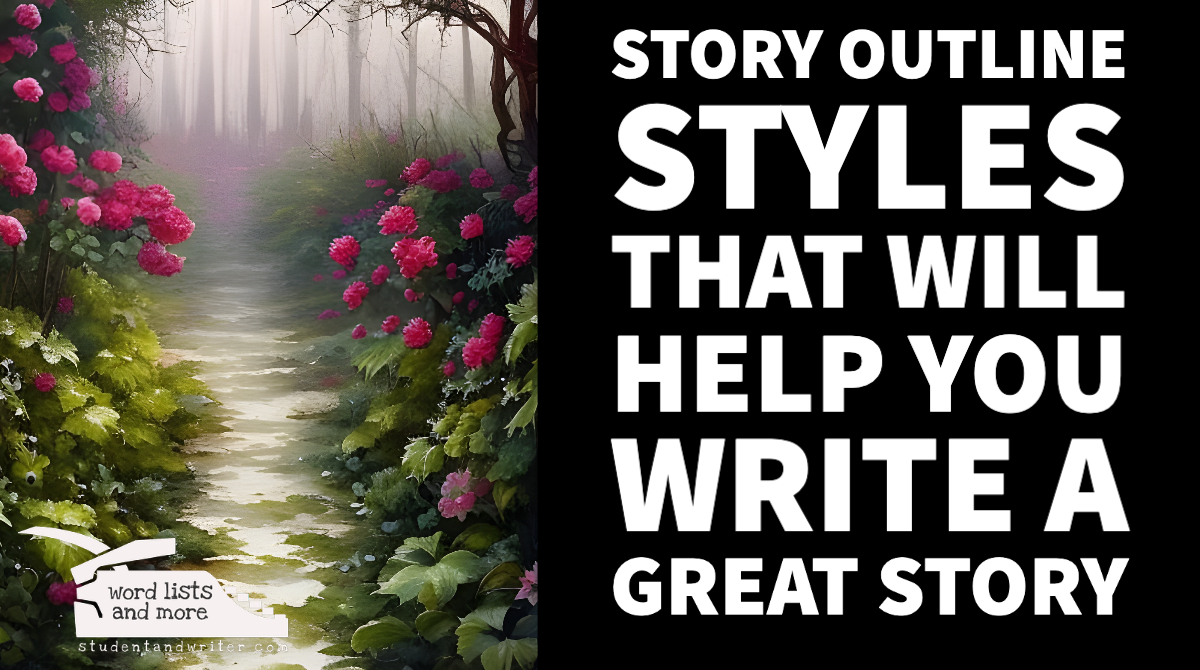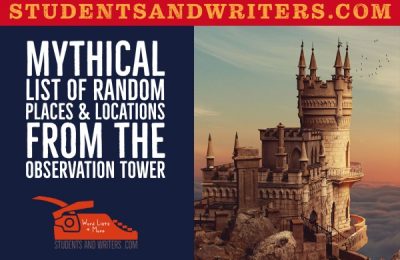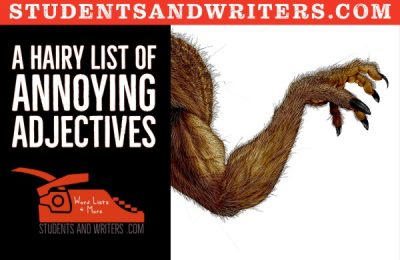outline styles and their descriptions for story writing, plots, movies, and screenplays:
- Save the Cat is a popular screenwriting method that breaks down a story into seven key plot points:
- Inciting Incident: The event that sets the story in motion.
- First Plot Point: The protagonist faces a major setback.
- Midpoint: The protagonist experiences a major turning point.
- Third Plot Point: The protagonist faces their greatest challenge.
- Climax: The protagonist overcomes their challenge and achieves their goal.
- Resolution: The protagonist returns to their normal life, changed by their experience.
- Kishōtenketsu is a Japanese narrative structure that consists of four parts:
- Ki: The introduction, which establishes the setting and characters.
- Shō: The development, in which the protagonist faces a challenge.
- Ten: The climax, in which the protagonist overcomes the challenge.
- Ketsu: The resolution, which ties up the loose ends and leaves the audience with a message.
- The Three Act Structure is a classic narrative structure that divides a story into three acts:
- Act I: The introduction, in which the protagonist is introduced and their normal life is established.
- Act II: The rising action, in which the protagonist faces a series of challenges.
- Act III: The falling action, in which the protagonist overcomes the challenges and achieves their goal.
- The Hero’s Journey is a narrative archetype that follows a protagonist on a journey of self-discovery. The journey typically consists of the following stages:
- The Ordinary World: The protagonist’s normal life before the adventure begins.
- The Call to Adventure: The event that sets the protagonist on their journey.
- Refusal of the Call: The protagonist’s initial reluctance to go on the journey.
- Meeting the Mentor: The protagonist meets a mentor who helps them on their journey.
- Crossing the First Threshold: The protagonist leaves their ordinary world and enters the world of adventure.
- Hollywood Beats is a system for breaking down a screenplay into 12 beats. The beats are:
- Setup: The introduction of the characters and the setting.
- Catalyst: The event that sets the story in motion.
- Theme Stated: The protagonist’s goal is stated.
- Debate: The protagonist debates whether or not to take action.
- Decision: The protagonist makes a decision and takes action.
- Story Circle is a narrative structure that divides a story into eight parts:
- Ordinary World: The protagonist’s normal life.
- Call to Adventure: The event that sets the protagonist on their journey.
- Refusal of the Call: The protagonist’s initial reluctance to go on the journey.
- Meeting with the Mentor: The protagonist meets a mentor who helps them on their journey.
- Crossing the First Threshold: The protagonist leaves their ordinary world and enters the world of adventure.
- Romantic Outline is a narrative structure that is specifically designed for romantic stories. The outline typically consists of the following stages:
- Meet-cute: The protagonist and antagonist meet for the first time.
- Attraction: The protagonist and antagonist are drawn to each other.
- Conflict: The protagonist and antagonist face a conflict that threatens their relationship.
- Resolution: The protagonist and antagonist overcome the conflict and get together.
- Synopsis Outline is a brief overview of the story, typically one to two pages long. The synopsis outline should include the following elements:
- Title: The title of the story.
- Genre: The genre of the story.
- Setting: The setting of the story.
- Characters: The main characters of the story.
- Plot: The main plot points of the story.
- In-Depth Outline is a more detailed version of the synopsis outline. The in-depth outline should include the following elements:
- Title: The title of the story.
- Genre: The genre of the story.
- Setting: The setting of the story.
- Characters: The main characters of the story, including their backstories, motivations, and goals.
- Plot: The main plot points of the story, including the rising action, climax, and falling action.
- Theme: The theme of the story.
- Snowflake Method is a writing method that helps writers develop their ideas. The method starts with a single sentence and then expands it into a paragraph, then a page, then a chapter, and so on. Steps to the snowflake method:
- One-Sentence Summary: Write a one-sentence summary of your story. This should be a clear and concise statement of the main plot, characters, and setting.
- Paragraph Summary: Expand your one-sentence summary into a paragraph. This should include more detail about the characters, setting, and plot.
- Scene Outline: Create an outline of your story in scenes. Each scene should have a clear beginning, middle, and end.
- Character Profiles: Write detailed profiles for each of your main characters. This should include their physical appearance, personality, backstory, and goals.
- Theme Statement: Write a statement that expresses the theme of your story. This should be a sentence or two that captures the underlying meaning of your story.
- First Draft: Now that you have all of your planning done, you can start writing your first draft.
- Story Circle is a storytelling structure that was created by Christopher Volger. It breaks down a story into eight stages:
- The Ordinary World: The protagonist lives in a normal world.
- The Call to Adventure: The protagonist is called to an adventure.
- Refusal of the Call: The protagonist refuses the call.
- Meeting with the Mentor: The protagonist meets a mentor who helps them on their journey.
- Crossing the First Threshold: The protagonist crosses a threshold into the unknown.
- Tests, Allies, and Enemies: The protagonist faces a series of challenges and makes allies and enemies.
- Approach to the Inmost Cave: The protagonist approaches the climax of their journey.
- The Ordeal: The protagonist faces a major challenge.
- The Reward: The protagonist is rewarded
- The Bookend Method is an outline structure that starts with the ending of the story and then works backwards to the beginning. It is a good choice for writers who want to make sure their story has a strong ending.
- Start with the ending. What is the final scene of your story? What has happened to your characters? What have they learned? What have they changed?
- Work backwards to the beginning. Once you have the ending, you can start to work backwards to the beginning of your story. What events need to happen in order for your characters to reach their final destination? What challenges will they face? What obstacles will they need to overcome?
- Fill in the middle. Once you have the beginning and the end, you can start to fill in the middle of your story. This is where you will flesh out the characters, the plot, and the setting.
- Revise and edit. Once you have a draft of your story, it is important to revise and edit it. This is where you will make sure that your story is well-written, engaging, and satisfying.



